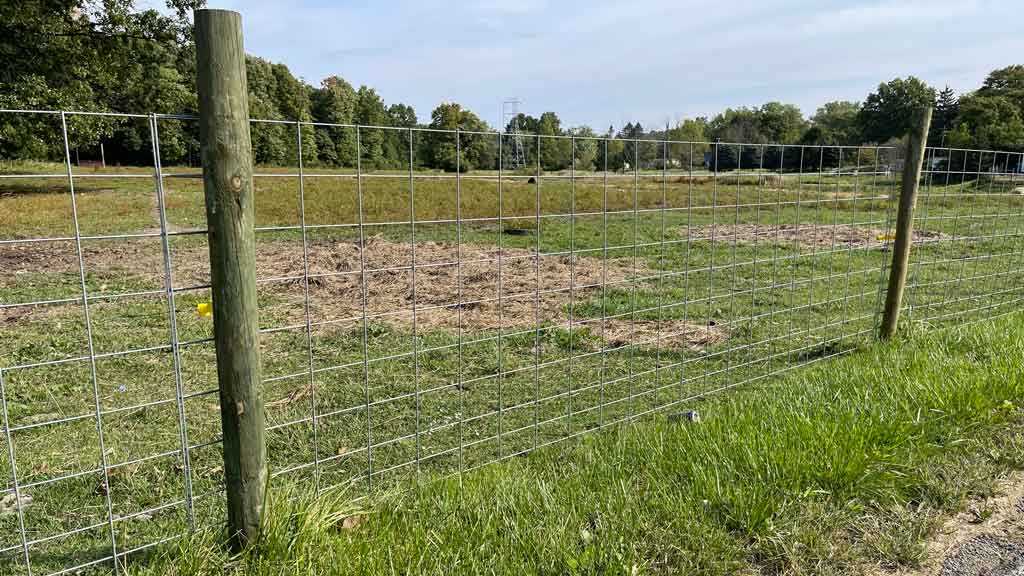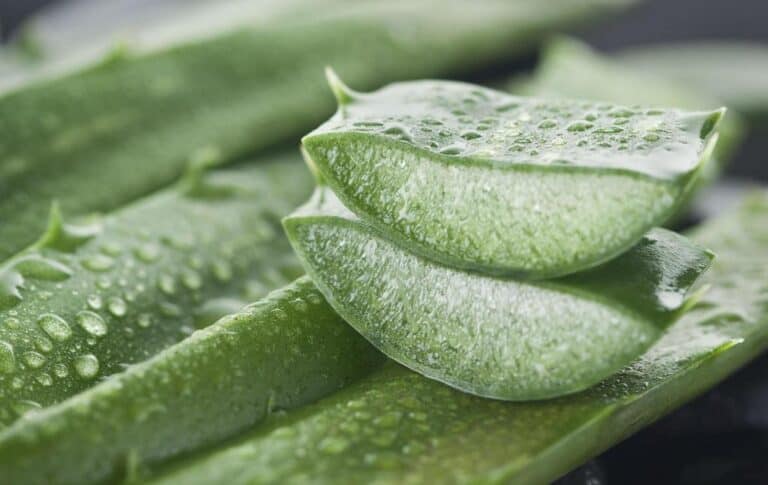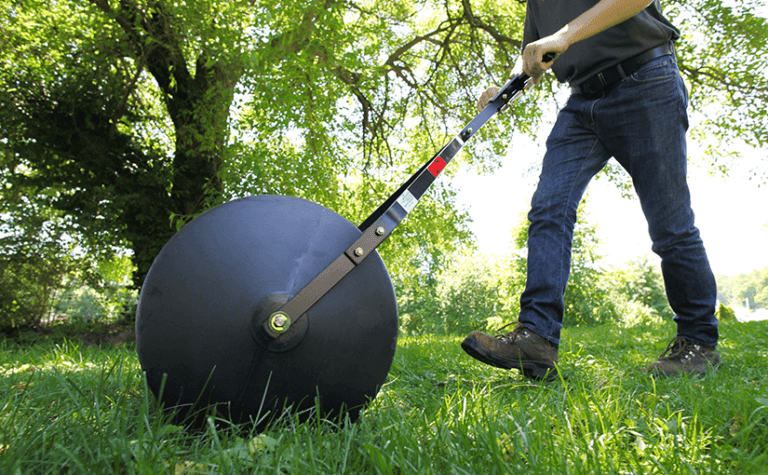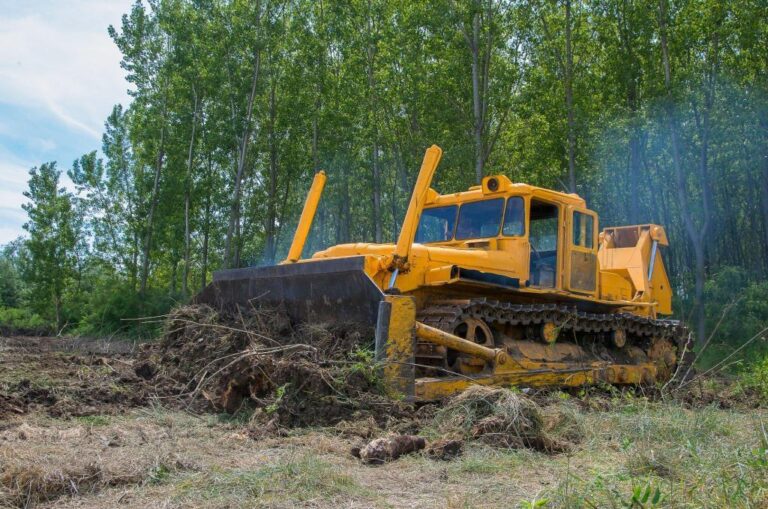How to Secure Cattle Panels to the Ground: Easily Protect Your Livestock

Have you ever struggled with keeping your cattle panels secure and in place?
Securing cattle panels to the ground is a crucial task for any livestock owner.
Ensuring that your livestock is safely contained can be challenging if the panels are not properly anchored. Properly installed cattle panels keep your animals safe. They stop them from escaping and keep predators away.
In this article, we’ll guide you through simple and effective tips. They are for securing cattle panels to the ground. This will provide peace of mind and better protection for your livestock.
By following these tips, you’ll not only prevent potential escapes but also maintain a sturdy and reliable enclosure. Whether you’re a seasoned farmer or new to livestock management, this guide will help you safeguard your animals with ease.
Understanding the Importance of Securing Cattle Panels

Cattle panels are also called livestock panels or feedlot panels. They are essential for building pens, corrals, and other livestock enclosures. These panels are made from sturdy galvanized steel. They are designed to withstand the strength and weight of cattle and other large animals. However, without proper installation and securing, even the strongest panels can fail. They won’t provide the protection your livestock needs.
Securing cattle panels to the ground ensures they remain stable and resistant to the pressures exerted by livestock. Properly anchored panels prevent animals from pushing them over or lifting them up, which could lead to escapes or injuries.
In addition, secure panels deter predators and other unwanted animals. They keep your livestock safe.
Materials Needed for Securing Cattle Panels
Before you begin, gather the necessary materials and tools to secure your cattle panels effectively. Here’s a list of what you’ll need:
- Cattle panels
- Fence posts (metal T-posts or wooden posts)
- Post driver or post hole digger
- Wire or metal clips
- Wire cutters
- Hammer
- Level
- Measuring tape
How to Secure Cattle Panels to the Ground (Step-by-Step Guide)
1. Planning and Measuring
Start by planning the layout of your cattle panel enclosure. Measure the area where you intend to install the panels and determine the number of panels and posts required. Ensure you have enough materials to cover the entire perimeter of the enclosure.
Table: Materials Needed for Different Enclosure Sizes
| Enclosure Size | Number of Cattle Panels | Number of Fence Posts |
| Small (20×20 ft) | 4-6 | 8-10 |
| Medium (40×40 ft) | 10-12 | 16-20 |
| Large (60×60 ft) | 16-20 | 24-30 |
2. Setting Fence Posts
Fence posts are the backbone of your cattle panel enclosure. They provide the support needed to keep the panels upright and secure. Here’s how to set your fence posts:
- Mark Post Locations: Use your measuring tape to mark the locations where you will place your posts. Space the posts approximately 8-10 feet apart to provide adequate support for the panels.
- Dig Post Holes: If you’re using wooden posts, dig holes about 2-3 feet deep using a post hole digger. For metal T-posts, you can use a post driver to drive them directly into the ground.
- Set the Posts: Place the posts into the holes or drive them into the ground. Ensure they are level and upright. Use a level to check the alignment of each post.
3. Attaching the Cattle Panels
Once your fence posts are in place, it’s time to attach the cattle panels. Follow these steps:
- Position the Panels: Lift the cattle panels and position them against the fence posts. Ensure the panels are flush with the ground to prevent animals from slipping underneath.
- Secure with Wire or Clips: Use wire or metal clips to attach the panels to the fence posts. Wrap the wire around the post and panel, then twist it tightly to secure. If using clips, place them over the panel and hammer them into the post.
- Check Stability: After attaching the panels, check each connection to ensure it’s secure. Shake the panels gently to test their stability. Make any necessary adjustments to tighten the connections.
4. Additional Reinforcements
For added security, consider additional reinforcements:
- Ground Anchors: Use ground anchors to provide extra stability to the panels. Drive the anchors into the ground at an angle and attach them to the bottom of the panels with wire.
- Cross Bracing: Install cross braces between posts to enhance the overall strength of the enclosure. Use wooden or metal braces and secure them with screws or bolts.
Tips for Maintaining Secure Cattle Panels
Securing cattle panels is not a one-time task. Regular maintenance is essential to ensure the long-term effectiveness of your enclosure. Here are some tips for maintaining secure cattle panels:
- Inspect Regularly: Conduct regular inspections of your cattle panel enclosure. Check for any signs of wear, damage, or loose connections. Address any issues promptly to maintain security.
- Tighten Connections: Over time, wire or clips may loosen due to the movement and pressure of livestock. Periodically tighten these connections to keep the panels firmly in place.
- Replace Damaged Panels: If any panels become damaged or bent, replace them immediately. Damaged panels can compromise the safety and security of your enclosure.
- Monitor Ground Conditions. Changes in ground, like soil erosion or frost heaving, can affect your fence’s stability. Monitor these conditions and make adjustments as needed.
Common Mistakes to Avoid
Avoiding common mistakes can save you time, effort, and ensure the safety of your livestock. Here are some pitfalls to watch out for:
- Inadequate Post Depth: Setting fence posts too shallow can lead to instability. Ensure posts are buried deep enough to provide solid support.
- Insufficient Panel Overlap: Overlapping panels at the corners provides extra stability. Make sure panels overlap by at least one section at each corner.
- Using Weak Wire: Using thin or weak wire to secure panels can result in loose connections. Use heavy-duty wire or clips designed for livestock fencing.
- Ignoring Ground Conditions: Failing to consider ground conditions can compromise your enclosure. Adjust post depth and panel positioning based on soil type and moisture levels.
Conclusion
Securing cattle panels to the ground is vital. It protects your livestock and ensures the safety and stability of your enclosure. Follow the steps in this guide. Also, pay attention to maintenance and common pitfalls. Then, you can make a secure and durable enclosure. It will keep your animals safe and contained. With the right materials and techniques, you can easily protect your livestock and enjoy peace of mind knowing they are secure.





